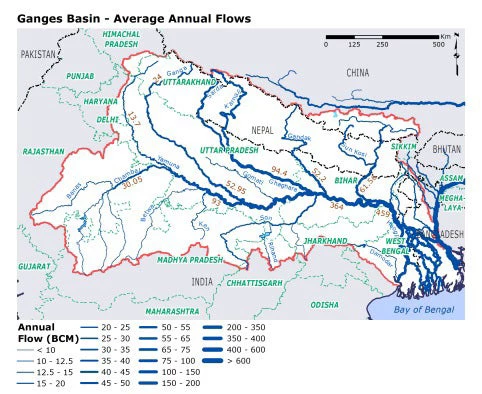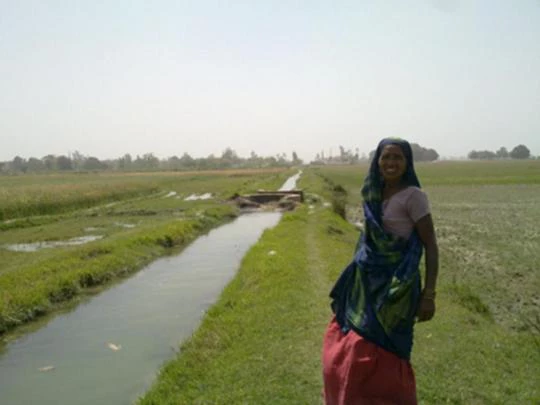Water is an essential part of life and roughly one in ten of the world’s population—748 million people—do not have access to safe water.[1] In South Asia, about 1.5 billion people are affected by water stress and scarcity, due to increasing demand for water resources; as the climate changes, this may worsen the situation.
Treating water as a precious natural resource important for all, brings new perspective to sustainable water resource management and long-term sustainable growth in the Ganges-Brahmaputra river basin both upstream in India and downstream in Bangladesh. A World Bank initiative serves as a linchpin for developing an inclusive analytical framework that promotes access to water, improved efficiency, climate resilience and poverty alleviation in South Asia. So, the question arises: Is this too ambitious and is it achievable?
The team studies interactions between biophysical factors (climate change and water supply and demand) and economic variables, and develops a detailed understating of the nexus between water availability (including glacier melting) and economic areas (i.e. transport, urban, agriculture, industrial, and energy). The study is designed to support decision makers in (i) prioritizing investments for improved access to water services; (ii) designing policy interventions to encourage a more efficient use of water resources, including increasing productivity and enhancing inclusive growth; and (iii) reducing the adverse impacts of water scarcity and climate change in the region. Glacier retreat is also a key issue which has been considered in the study. The understanding of its contribution to the total available water, mainly in the dry season, is crucial to propose adaptive measurements as part of the policy for climate resilience.

In practical terms, the team aims to create an integrated approach by firstly developing geo-referenced databases at the river basin level regarding water supply and demand for the different sectors and secondly a multi-region, multi-sector economic model, linking the demand for different water uses (i.e. agriculture, energy, industry and urban) and water as a shared resource across income groups and generations through: (a) Green Accounting: by assigning a monetary value to water resources for both surface and groundwater for states to be selected; (b) geo-referenced Computable General Equilibrium (CGE) analysis with water and poverty accounts; and (c) Implementation of a set of glacio-hydrological models for identifying the constraints on the gap of water supply and demand under climate risks and population growth scenarios.
The team organized two presentations on the topic where experts from and outside the Bank were present. For non-expert audience the team is developing practical tools such as multidimensional maps which look at crop production, climate change, water migration and water availability. The maps will be accessible, used as a visual learning tool, assist in developing policy recommendations to build resilience to climate risk by improving awareness, shared knowledge and intra-regional cooperation in South Asia.
While this endeavor may sound ambitious, the analytical framework is achievable, especially when the intention is to promote access to safe water for 1.5 billion needing this vital resource in South Asia.



Join the Conversation